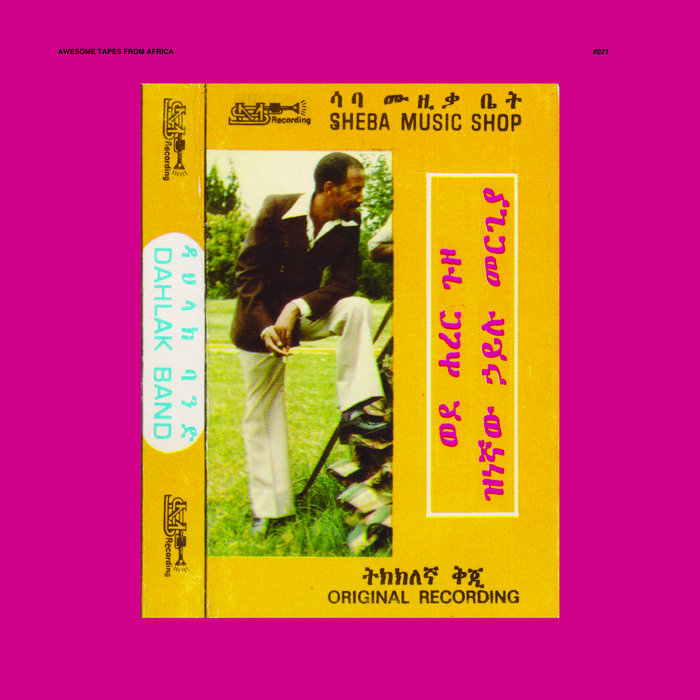
Sintayehu – Hailu Mergia
this blog is GROOVY – check out great Soul, Funk, Jazz, Hip Hop, Bass, Breaks , Reggae, House n many more TUNES
Hey there, sound explorers! Let’s dive headfirst into the vibrant world of synthesizers—a genre filled with bleeps, bloops, and funky vibes. From their humble beginnings to dominating charts today, synthesizers have been at the heart of music innovation for decades. So grab your headphones; we’re about to embark on a synth-tastic journey!
The roots of synthesizer music stretch back to the early 20th century when inventors started tinkering with electronic sounds. In 1920, Leon Theremin introduced us to his namesake instrument—the theremin—which created eerie tones controlled by hand movements in the air. Talk about a “hands-free” jam session!
Fast forward to 1964 when Robert Moog unveiled the Moog synthesizer, the first commercially available analog synth that all musicians wanted under their fingers. It opened doors for artists everywhere, leading them into uncharted audio territories.
Hold onto your hats—we’re talking about Keith Emerson from ELP (Emerson Lake & Palmer). Known for his jaw-dropping keyboard skills, he once famously stabbed a knife through his Moog during an explosive performance! Not only did he leave crowds gasping but also broken gear was just part of the rock ‘n’ roll canvas.
The ’70s burst forth like an electronic flower child when disco ruled dance floors and prog rock took listeners on epic journeys through soundscapes. Bands like Kraftwerk pioneered this era with synthetic beats paired alongside robotic vocals that made you wanna move—no matter how stiff you felt!
Synth-pop emerged in the ’80s as legends like Depeche Mode, Duran Duran, and New Order filled radio waves with catchy hooks powered by monophonic magic boxes. Who could forget that bouncy bassline from “Blue Monday”? It’s still shaking dance floors worldwide!
When Gary Numan released “Cars,” he became big in both England and America not just because of its infectious beat but due to its futuristic vibe! He even wore makeup inspired by David Bowie while driving cars across futuristic landscapes—all while sporting one seriously questionable haircut.
As we cruised into the ’90s and beyond, synth technology got sleeker and more affordable, welcoming even more players into this eclectic ecosystem! With genres morphing left and right—from techno to trance—it wasn’t hard for everyone from budding bedroom producers to seasoned stars like Madonna or Daft Punk (with all those iconic robot helmets) embracing synthesized sounds.
Just think about it—you can now create your tracks using virtual synth plugins straight on your laptop…and maybe call yourself a “Producer”! Yeah baby!
Did you know that hip-hop embraced sampled synth lines? Artists ranging from Dr. Dre/sample king Sting collaborated on some killer tracks—in his case “Every Breath You Take.” Those smooth keys are what take him from rock star status over rap beats without raising eyebrows; let’s just say they’ve teamed up quite memorably at parties since then.
Today, we’re witnessing resurgence among vintage gear enthusiasts who crave analog warmth mixed with modern tech perks—a sweet combo! Retro instruments fill studios while new software recreates classic tones fresh outta thin air (thank ya digital heaven!).
Producers keep experimenting as genres blend more than ever before—from lo-fi chillhop mixes bouncing off funky jazz influences—there’s something groovy happening everywhere!
Kanye West is notorious for making bold moves—and yes—even his choice of instruments reflect this love for peculiarity! When faced between P-bass versus Moog bass on “Stronger,” guess which one won out? A sample derived directly from Daft Punk—talk about sonic blending gone wild! Keep mixing it up Ye!
From avant-garde orchestras showcasing electronic symphonies in concert halls down into garages where young hope-fueled dreamers tinker away late nights—it seems impossible not be enchanted by these magic machines we call synthesizers! They continue evolving alongside creators finding fresh ways express themselves musically using unique tools springing entirely within our imagination.
So whether you’re blasting old-school classics or bubbling bangers today remember each sound carries stories worth sharing—and if there’s anything we’ve learned along this ride it’s never too late be daringly different being uniquely YOU within whatever style grooves your soul.
Now go ahead shake those hips—as Prince might say…“Get crazy!”

Sintayehu – Hailu Mergia